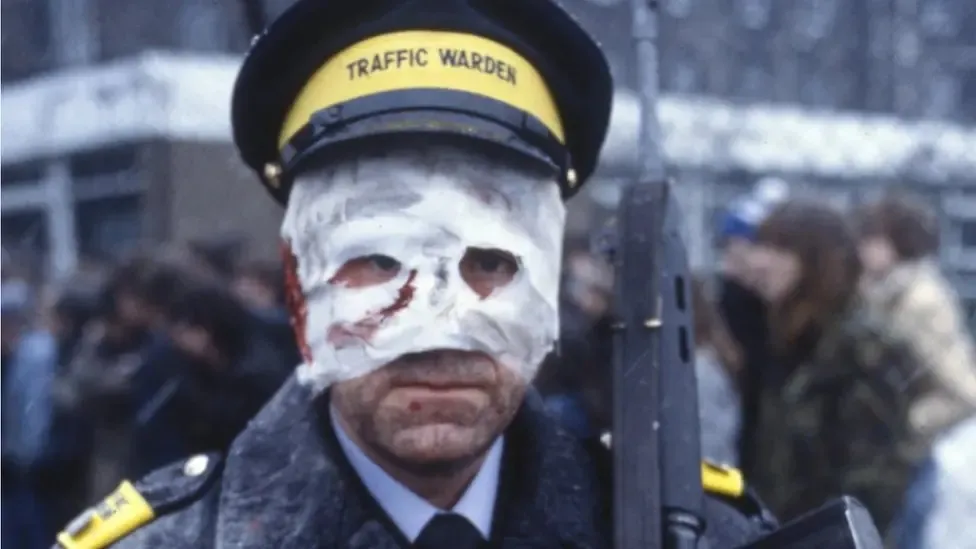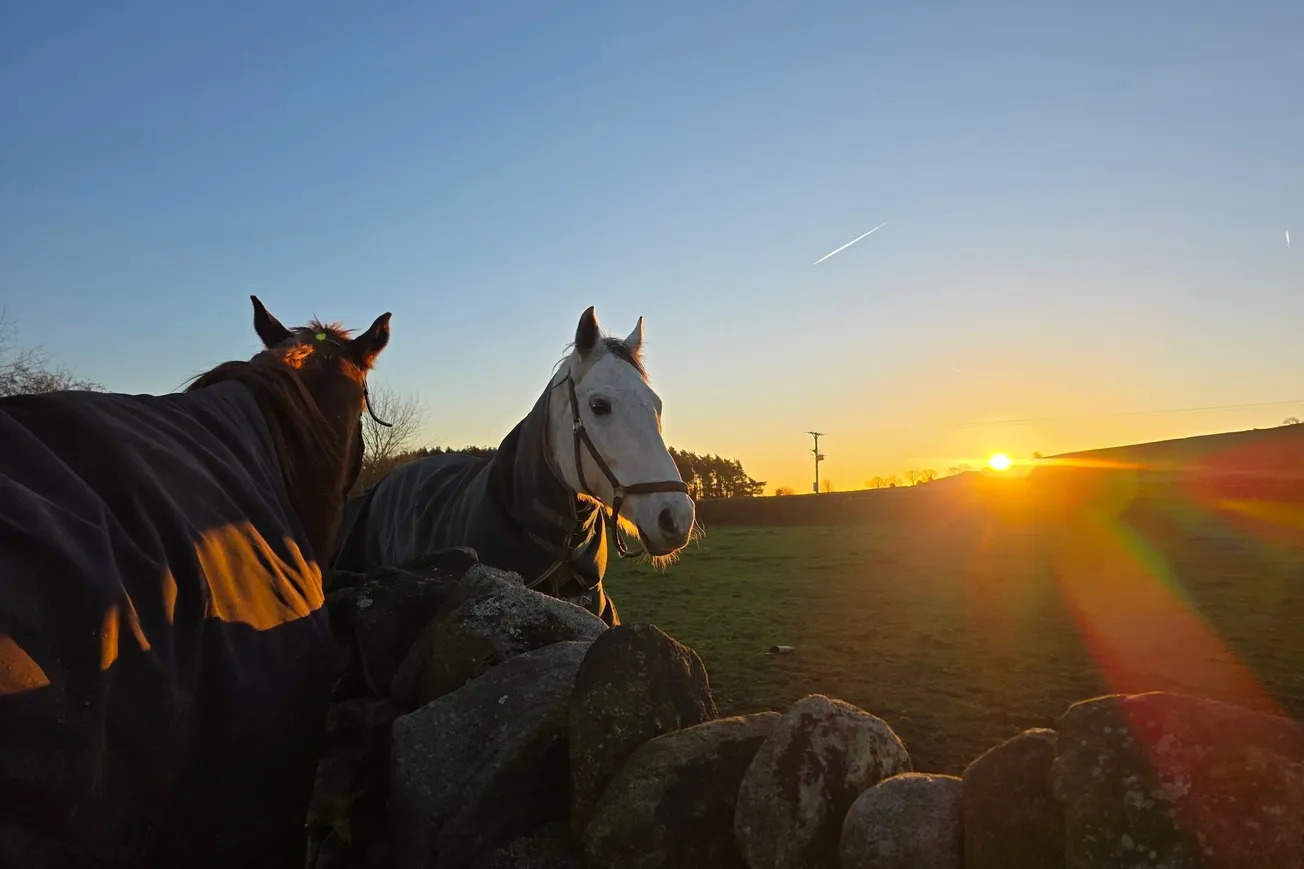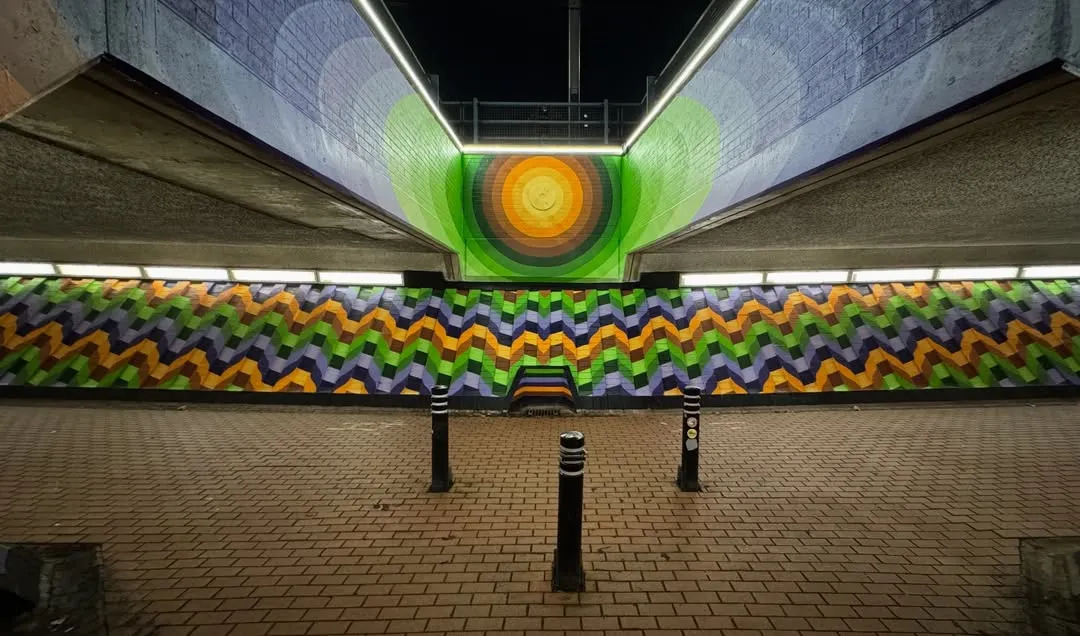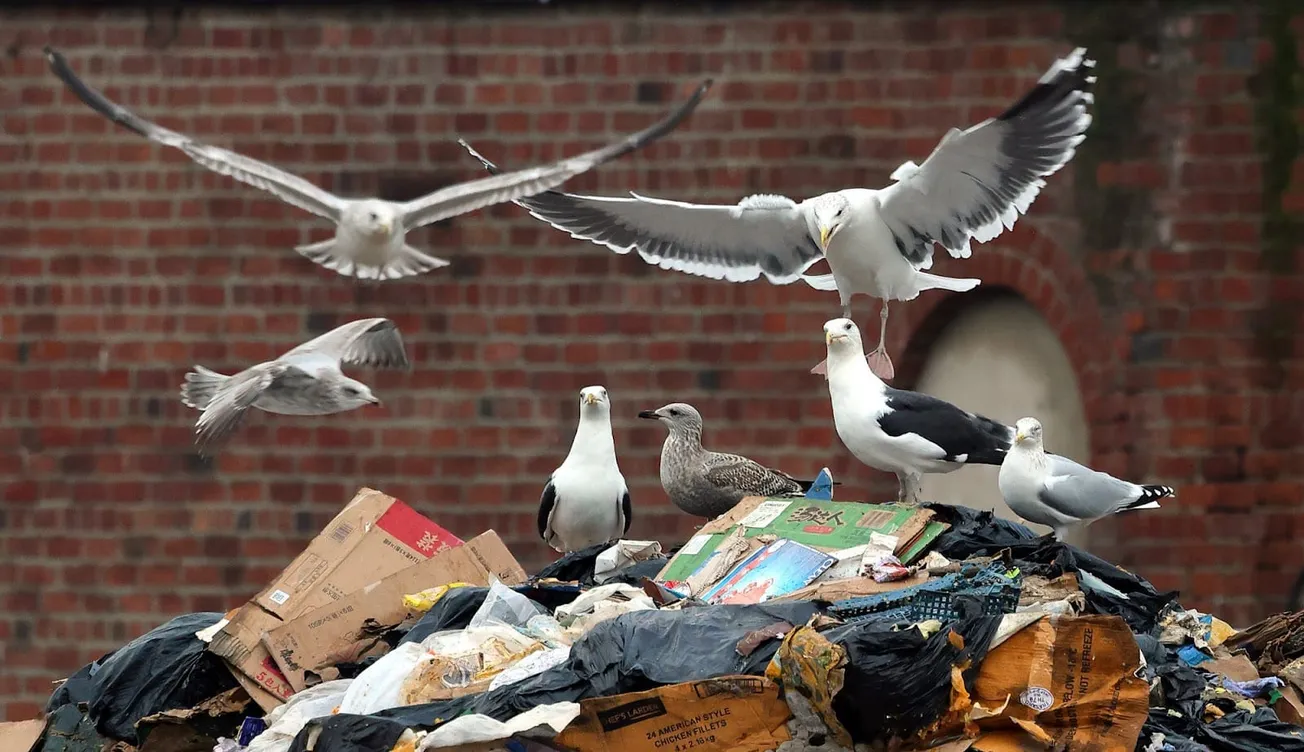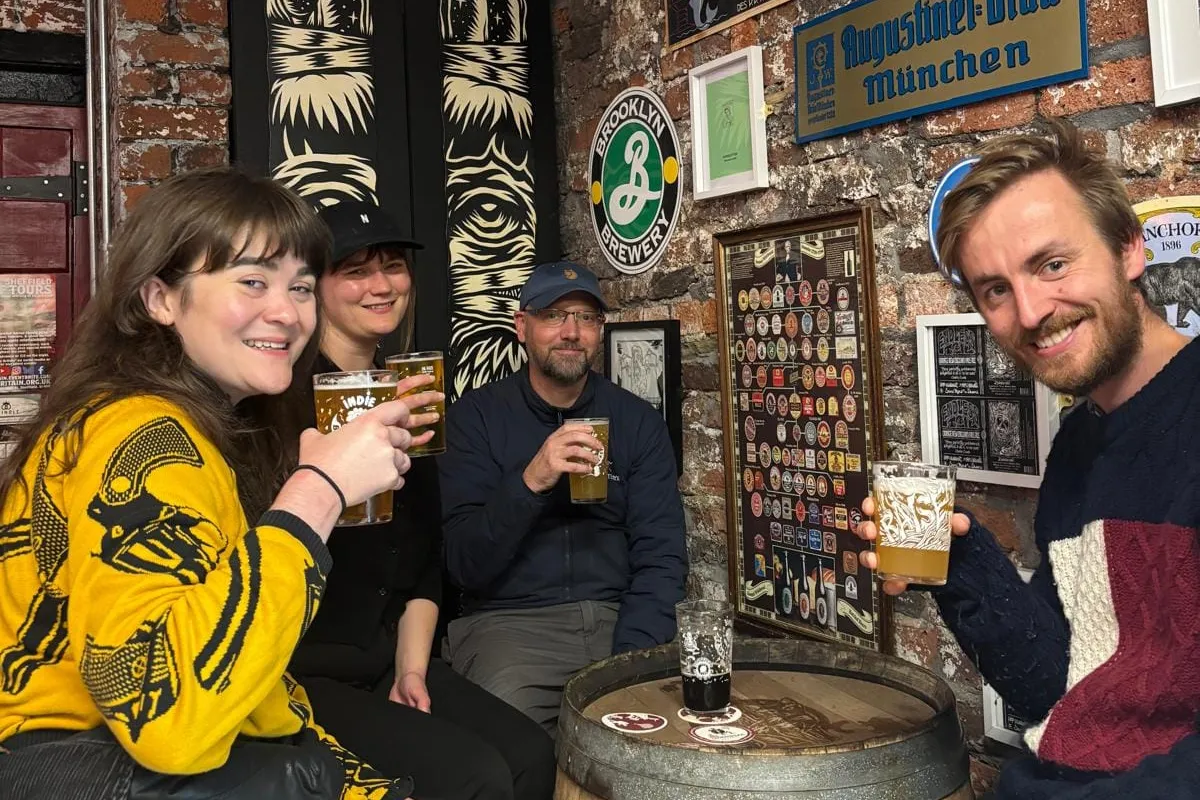It was nine months into production when Craig Ian Mann had his first dream about nuclear war. He was in the kitchen of a high rise apartment block having dinner with his partner and his friend Rob Nevitt, while his long-deceased grandfather sat in a chair in total silence. Mann recalls the kitchen being just like the one in his mum’s house growing up, but the view was of a cityscape from up high. As he stared out the window, a huge billowing mushroom cloud exploded in the sky and suddenly the whole room shook. “I panicked and woke up in fear,” says Mann. “Threads really does squirm itself inside your head.”
Mann and Nevitt – the former a film historian and writer, the latter a filmmaker and Festival Director of Celluloid Screams – have been working on a documentary about Threads for the last couple of years. The 1984 Sheffield-set drama about nuclear Armageddon is frequently cited as one of the most terrifying films ever made (The Tribune’s Dan Hayes wrote about the film in detail back in 2021 if you’re keen to read more).
“It doesn't get any easier to watch,” says Mann, 36, who has now seen it more times than anyone ever should. “It's always harrowing. It's always horrible. Whenever they show it in the Showroom [as they did on a few occasions for the 40th anniversary last year] I always go back in for the last couple of minutes just to see how long people sit there in silence. In the credits for most movies, people are getting up and collecting their stuff, shuffling out, but with Threads everyone sits there because they need to process it.”
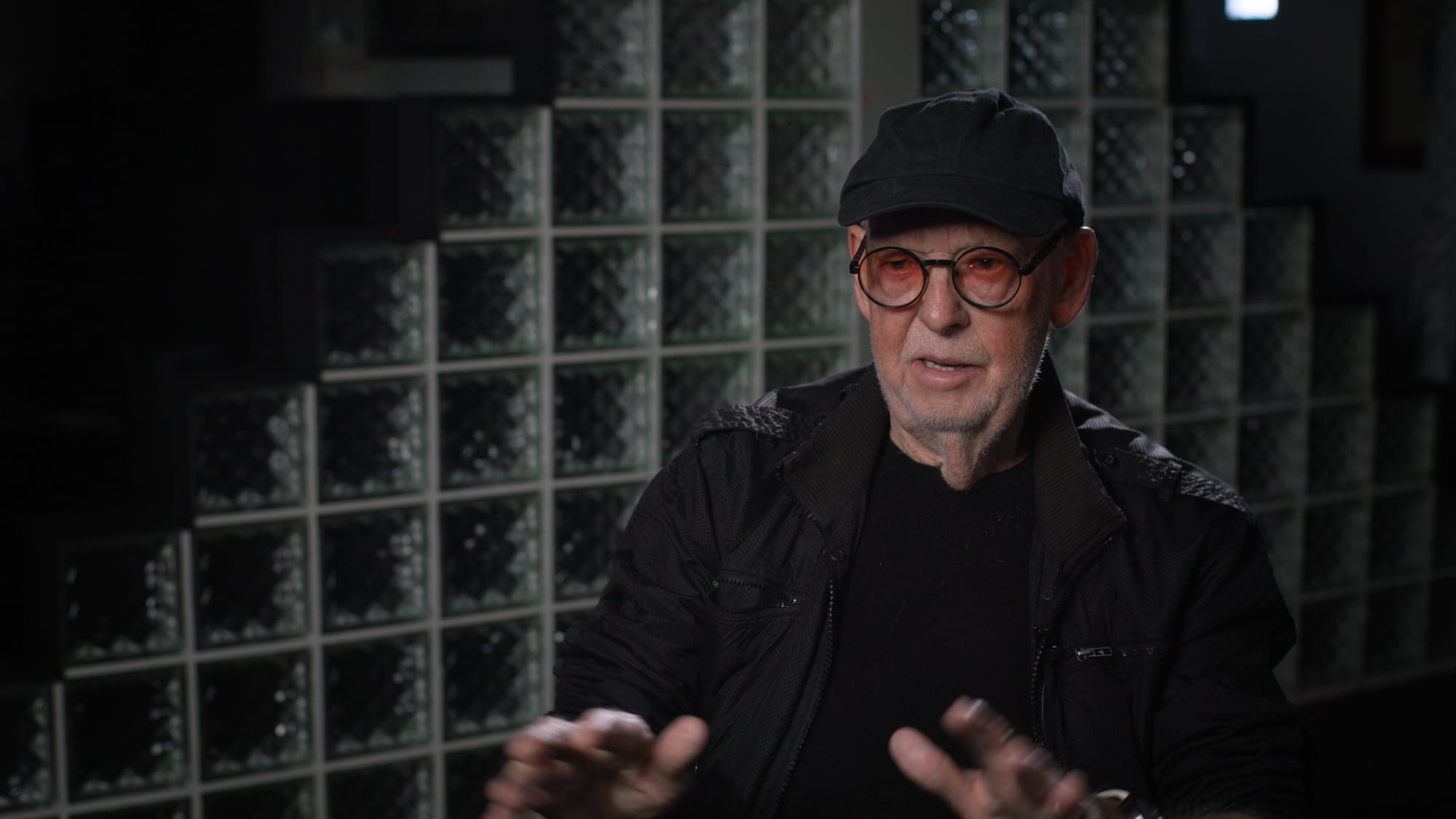
Survivors: The Spectre of Threads will get its world premiere at the Showroom on August 30th as part of Sheffield Film Festival but is less likely to be a film that leaves a room of people sat in petrified silence. Instead, the documentary, which is excellent, is filled with moments of warmth, humour, emotion and fascinating insight. It contains numerous interviews with cast and crew, including director Mick Jackson and actors Reece Dinsdale and Rita May, but in many ways the real stars of the documentary are the people of Sheffield who worked as extras on the film.
“Threads has become this indelible thing for Sheffield people now,” says Nevitt, 46. “It’s in the city’s blood.” And so, it’s fitting that we’re chatting about this in one of the film’s locations, The Nottingham House. Today, it’s a student-friendly pub in Broomhill famous for its homemade pies but forty plus years ago it was the backdrop to some of the earlier scenes in the film where friends gather to sip foamy pints of ale before the news of war breaks out and the bomb drops.
Mann shows me where he thinks the bar would have been, as the layout has changed. Wandering around, the image in the pub today is in stark contrast to the scenes that would pre-empt such panic and devastation all those years ago. Today, there’s just a smattering of afternoon midweek drinkers staring at their phones over pints. “People in Sheffield describe seeing it as a rite of passage,” continues Nevitt. “Almost like a bucket list thing. But it's even more important for the people who were here at the time, and particularly the ones who participated in it, because it's had a lasting effect on a lot of them. All of them, I would say.”
The result is a documentary that manages to avoid the usual trappings of a standard ‘making of’ feature. By placing the people of Sheffield front and centre, you get an oral history of a film, time and place from people who are rarely given a voice but in this instance were vital contributors. “The vast majority of people who are in it are extras,” says Mann. “The City Hall protest scene had about 400 people and they simply couldn't afford to get that many people from Equity, which was the extras agency. So local people made up the colour and character of the background of the entire film.”
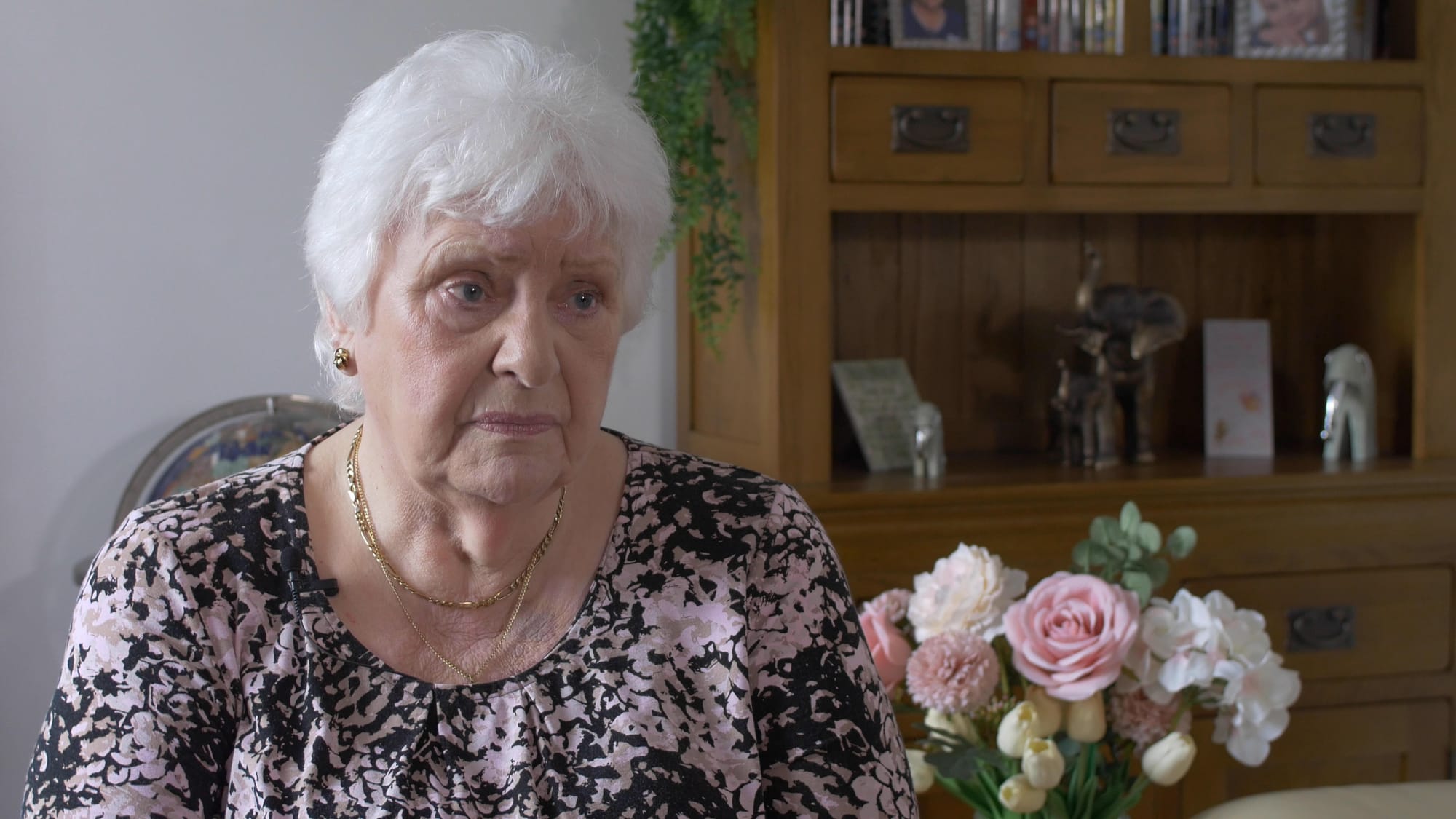
The feature-length film has been a massive undertaking for the pair who say they amassed around 76 hours of footage while filming. As the documentary grew, so too did its themes. “For me, it's about two things,” explains Nevitt. “It's about the way that Threads has haunted Sheffield but also about memory and having that combination of: here's a person (now), and here they are 40 years ago. It’s about that collision. It’s taken people back to a different time and place and really made them think about things.”
While the film has unearthed lots of treats for fans, including never before seen on set photos, and original items from the production, the real emotional punch and weight of the documentary is seeing how watching Threads, or being in it, has had a profound and lingering effect on so many people. When the Sheffield extras were invited to a private screening at the Top Rank Suite on the Sunday morning before it was broadcast on the BBC in 1984, they went along giddily, only really having a sense of what happened in the brief scenes they were featured in. When they saw it all pieced together and the death, fire, blood, sickness, and nuclear fallout that stretches out over decades, resulting in famine, rape and destitution, they were left stunned. Footage taken from that day by Look North captures actors in tears, others pledged never to watch it again after that day, while some speak of it infecting their dreams and thoughts for years. The next generation of Sheffielders who were then shown it at school didn’t get off much lighter either.
Over 40 years later, the impact has not left some people. One extra in particular, David, is a fascinating study of just how deep into people’s psyche the film got. A self-confessed prepper, he now lives in America and is armed to the teeth with his own bunker and a plentiful supply of canned foods. During the filming of Survivors, he becomes incredibly emotional and breaks down when joining the dots between his experience of Threads and his current situation. “He had a very visceral reaction to being in, and seeing, the [original] film,” explains Mann. “I think [being filmed for the documentary] was like therapy for him because he'd never thought about it before. He had a realisation on camera that the film had genuinely traumatised him in a way that has made him ready for the end of the world at any moment for the rest of his life.”
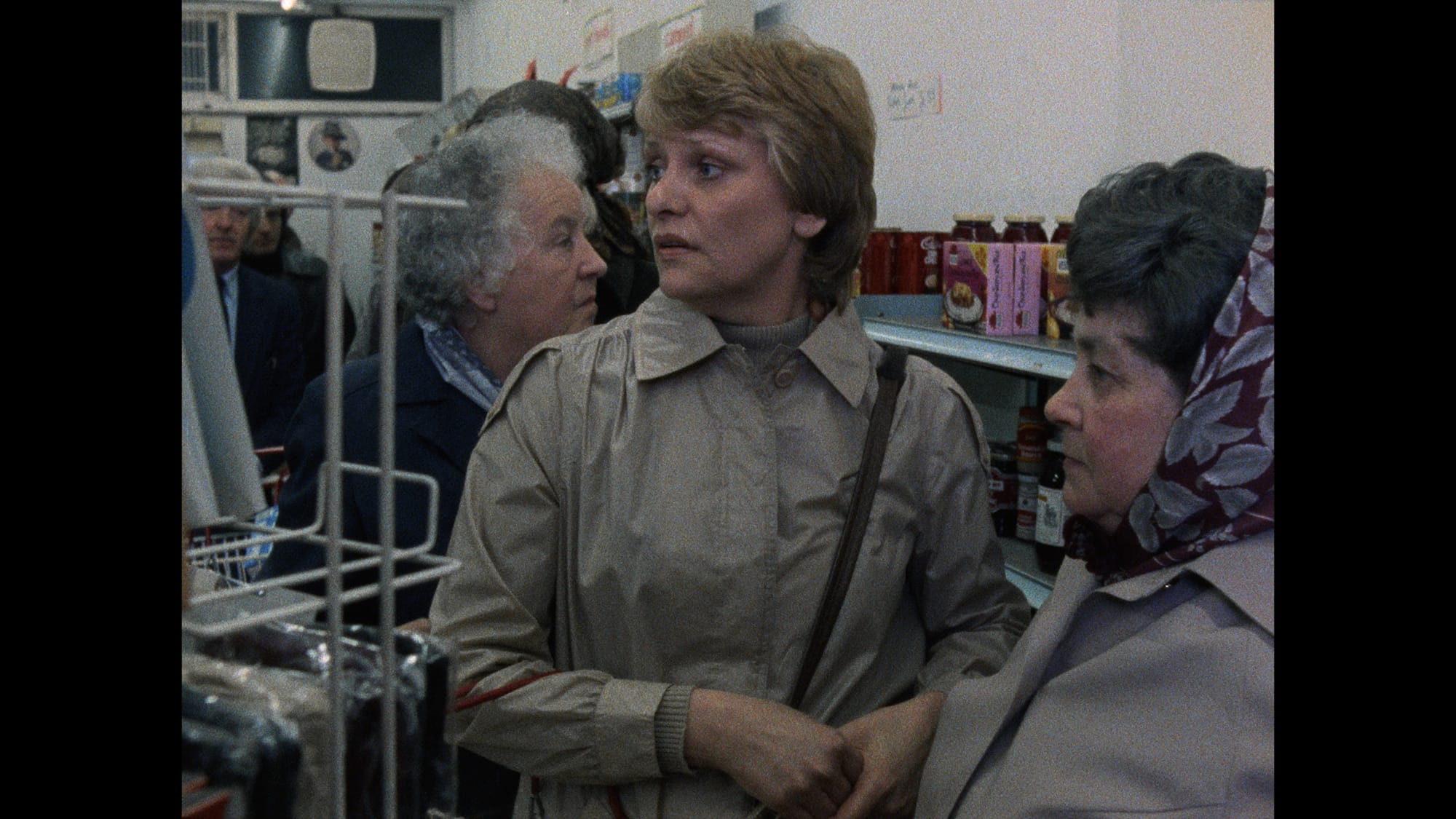
However, there are also some more light-hearted revelations in the film. An image that has become synonymous with Threads is that of a traffic warden with a bandaged-up face, holding a gun. It was the image used on the front of the Radio Times the week Threads aired, there are action figures of the character, and uber Threads fan Charlie Brooker even dressed up as him for Halloween one year. There were also fan theories in circulation that it was Kenneth Branagh due to similarities to his chin (the only part of his face ever visible on screen).
But finding him in real life proved impossible. Mann was led to believe the warden was an actor called Andy Fenn-Rodgers who is listed on IMDB as Patrol Officer. “We were looking at other shows that he had been in and were studying his face and trying to figure out if he could possibly be him,” says Mann. “I tracked him down to the end of Scotland and I found his next-door neighbours who then told me that he'd moved to the border of Wales. And so we managed to track him down there and phoned him but he said , ‘no, I'm not the traffic warden’.”
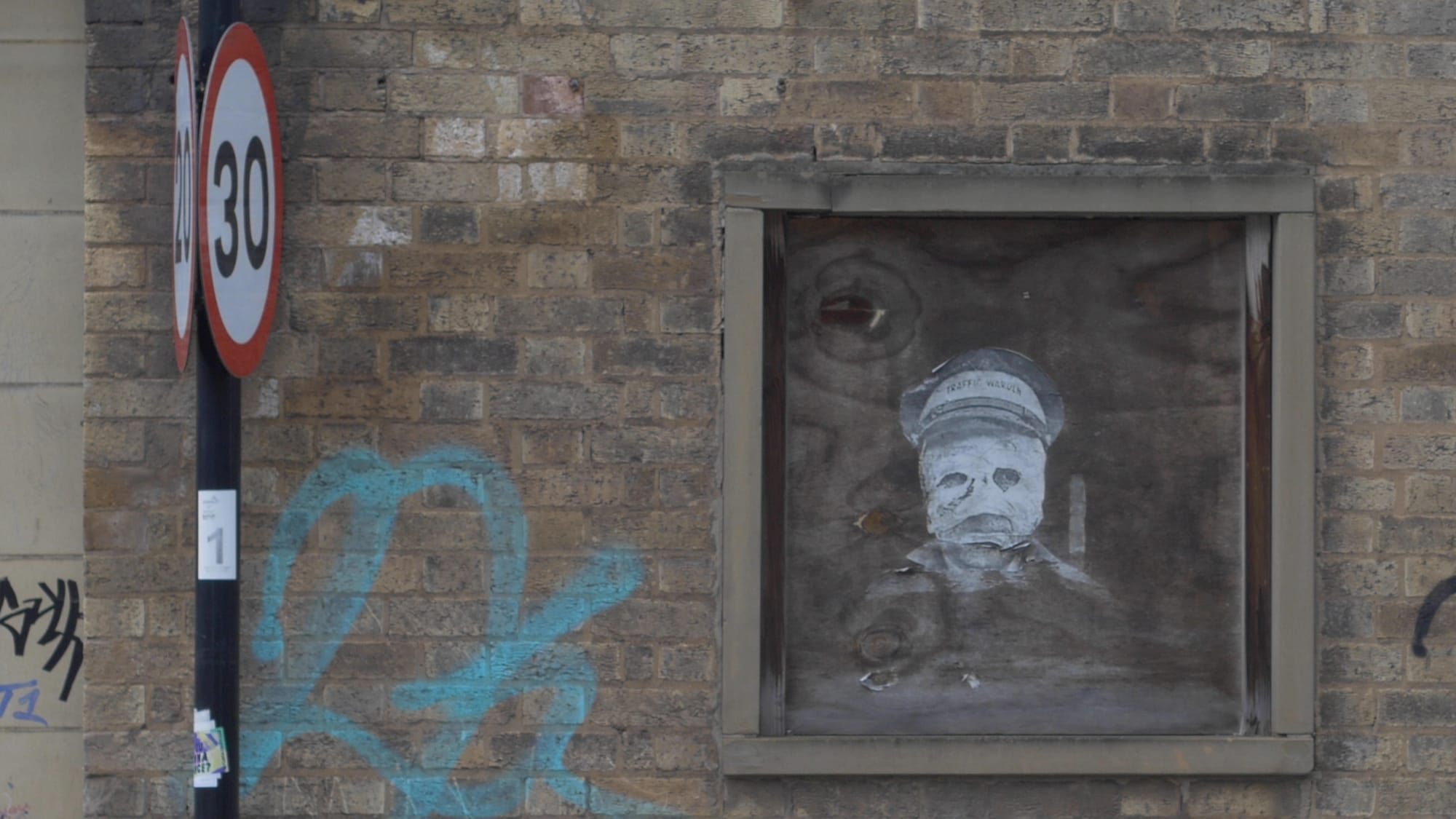
Instead, the real person who played him, Michael Beecroft – bizarrely also a real life traffic warden – was in Sheffield all along. Last year, Mann and Nevitt were on BBC Radio Sheffield to promote the fact they were looking for him – they had launched a social media campaign and put up wanted-style posters looking for his whereabouts – when he was sprung on them live on air during the interview. “It was a complete coincidence,” says Mann. “They [Radio Sheffield] had our poster up in their office and a week before one of Michael's friends had come in to do a chat about a charity football match and said, ‘oh that's my mate, Michael’. We put out a huge social media campaign and did days and days of our own detective work and it turned out that it was all down to just one of his mates who walked into Radio Sheffield.”
The whole process has been a massive labour of love for the pair and taken over their lives in ways they had perhaps not expected. “Threads means so much more to us now,” explains Mann. “When we started, it was simply a question of: can we make a documentary about this? But very quickly it became something else.” The pair began to feel a sense of duty and care about the film’s history and its participants. “Someone described us as being the custodians of people's memories and I think we started to feel that,” says Mann. “It dawned on me that these were stories that people have probably never told anyone before outside of friends, family or down the pub. Getting that stuff recorded and committed to record is really important. We really hope this is the definitive picture of Threads, its making, legacy and what it means to people.”
Survivors: The Spectre of Threads is a Severin Films production and will screen on Saturday August 30 with a Q&A with the filmmakers at the Showroom as part of the Sheffield Film Festival. Tickets here. Threads is also on, at 6pm this evening.
This article is from The Tribune, an online newspaper covering Sheffield. We write about everything from politics to pubs, and from transport to trance music. Sign up for our free e-mails and see a side of Sheffield you never knew about.
Comments
How to comment:
If you are already a member,
click here to sign in
and leave a comment.
If you aren't a member,
sign up here
to be able to leave a comment.
To add your photo, click here to create a profile on Gravatar.


